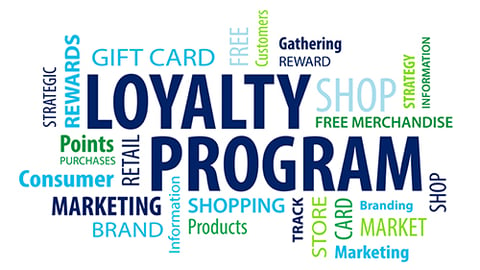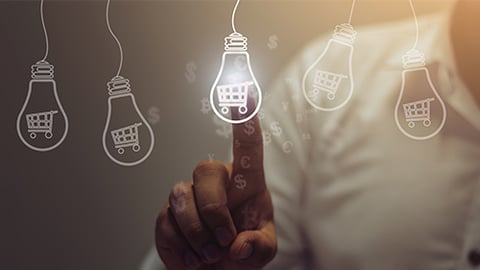How Grocers Can Win With Customer Loyalty Programs
With online mega-suppliers on one side of the spectrum and the rise of niche grocers on the other, many grocery retailers struggle to present a clear, compelling value proposition. Do you try to compete on price and cut even more into your margin? Or do you double down on specialty products and risk alienating a huge portion of the overall market?
While the answers to those questions are as varied as the grocery retailers asking them, there’s one universal challenge: They have to adapt to the modern shopper.
Customer expectations have changed. For the new customer, value is about more than just price and convenience. Today’s customers expect personalization, engagement, and technologically and emotionally connected experiences. Although there’s no substitute for providing quality in-store service and product selection, retail grocers do have other tools at their disposal to help differentiate themselves and start building and solidifying those connections with their customers.
The Role of Customer Loyalty Programs
According to a 2016 study by The Nielsen Co., 34% of American shoppers choose their favorite grocery store or primary retailer based on the company’s loyalty program. And these customer loyalty programs have come a long way since the days of Green Stamps. Today, reward program catalogs are digital. Point tracking and reward fulfillment are automated. But more importantly, for most retail grocers, modern loyalty programs provide:
- An easily communicated value proposition
- Online platforms for keeping customers engaged
- New channels – and a compelling reason – for communicating with customers
- Tools to collect customer data and analytics to personalize their value offering
In short, loyalty programs offer retailers the ability to surround buyers with an ecosystem of rewarding brand interactions and to enable customer retention in a way that’s scalable and margin-friendly.
An Easily Communicated Value Proposition
The idea that noncash rewards can influence buyer behavior may seem overly simplistic, but there’s a reason that prizes, promotions and rewards have been a mainstay of American loyalty marketing over the past century. Studies in behavioral economics have shown that noncash rewards produce impactful, long-lasting changes in behavior at three times the effectiveness of monetary incentives such as cash back or discounts.
For grocery retailers, rewards by themselves probably won’t buy long-term customer retention. But they can be used to differentiate their stores from the competition and build buyer preference. All things being equal, who would you choose to shop with – a grocer that gives you nothing or a comparable grocer that offers you a chance to earn rewards with every purchase?
Giving Customers a Reason to Connect online
While many independent grocers don’t have the infrastructure to compete for ecommerce dollars, they can compete for mindshare and brand engagement online.
The ability to earn exciting rewards will inspire customers to visit your loyalty program website, which can exist as a stand-alone digital hub, a mobile app or as an integrated part of your customer website. This gives you a platform to share more about what makes you unique, in a space where customers are already being rewarded for interacting with your brand. Adding elements of gamification, such as daily trivia or limited-time bonus point promotions, incentivizes customers to keep coming back to your site in between reward redemptions.
Collecting Relevant Customer Data
Finally, customer loyalty programs can be a rich source of customer data, which grocery retailers can use to inform their sales and marketing strategies. The same customers who are reluctant to share their email addresses or phone numbers with retailers won’t think twice about using that same contact information to redeem a reward.
Custom registration forms or customer surveys can be used to supply grocery retailers with relevant data, from lifestyle and demographic information to customer interests. Loyalty program software gives insight into customer engagement and buying habits. All of this data can be sorted by store, region or customer type and integrated into existing customer relationship management metrics, so that grocery retailers can easily access and act on this data.
Grocers can use this information to personalize their marketing, re-engage customers and provide relevant support to facilitate the journey from part-time shopper to brand enthusiast. Think of it as a funnel: Rewards pique customer interest and reinforce desired behaviors along the way, but the real benefits of a loyalty program are realized when you take that initial engagement and use it to personalize relationships with your shoppers through your loyalty program.







